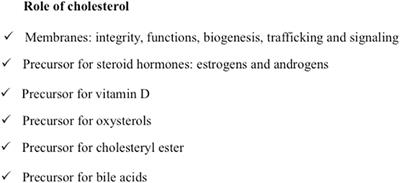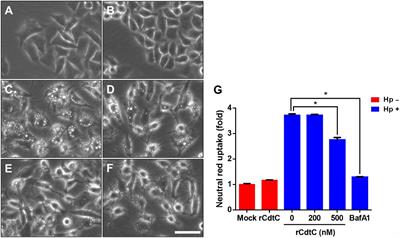EDITORIAL
Published on 06 Sep 2021
Editorial: Targeting Lipid Rafts as a Strategy Against Infection and Cancer
doi 10.3389/fcell.2021.748905
- 1,272 views
- 2 citations
11k
Total downloads
71k
Total views and downloads
Select the journal/section where you want your idea to be submitted:
EDITORIAL
Published on 06 Sep 2021
ORIGINAL RESEARCH
Published on 13 Aug 2021

REVIEW
Published on 19 Mar 2021

ORIGINAL RESEARCH
Published on 23 Feb 2021

REVIEW
Published on 04 Feb 2021

MINI REVIEW
Published on 02 Sep 2020


Frontiers in Immunology
Frontiers in Molecular Biosciences
Frontiers in Oncology